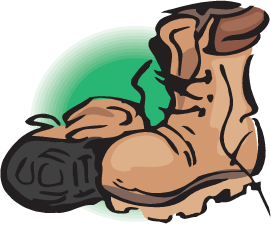Yellow
Green
Blue
Red
Magenta
Remove
Use mental math or paper and pencil to solve the problems. Write a number sentence to show your work. Write your answers in simplest form. Use addition or estimation to check for reasonableness.

- John packed a water jug with 3
liters of water. By the end of the day, he had 1
liters of water left in his water jug. How much water did he use?
- Show how to check the problem in Question 3A with addition.
- John hiked for 3
hours on Saturday and 4
hours on Sunday. How many more hours did he hike on Sunday than on Saturday?
- Show how to check the problem in Question 4A with addition.
- Tall Spruce Trail is 7
miles long. Mark has hiked 2
miles along the trail. How many miles of the trail are left?
- Show how to check the problem in Question 5A with addition.
- Mark is waiting for John at mile marker 3
. John is at mile marker 2
. How much farther does John have to walk to meet Mark?
- Mark's walking stick is 3
feet long. John's walking stick is 3
feet long. Whose walking stick is longer? How much longer?
Check-In: Questions 8–11
Solve the following problems using paper and pencil or mental math. Write all your answers in simplest form.
- 3
+ 2
=

- 5
+ 2
=
- Look at Question 9. Is your answer reasonable? Explain.
Play Game 1 of Closest To in the Student Activity Book to practice estimating mixed number differences.








 Peanut Soup
Peanut Soup


